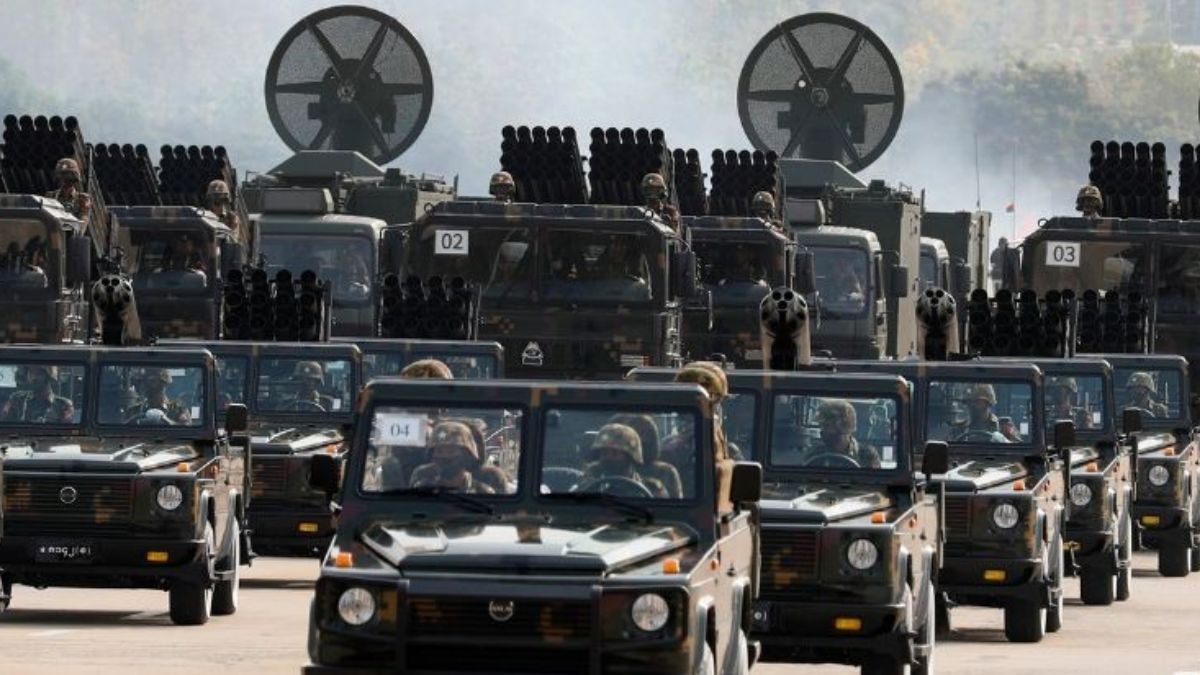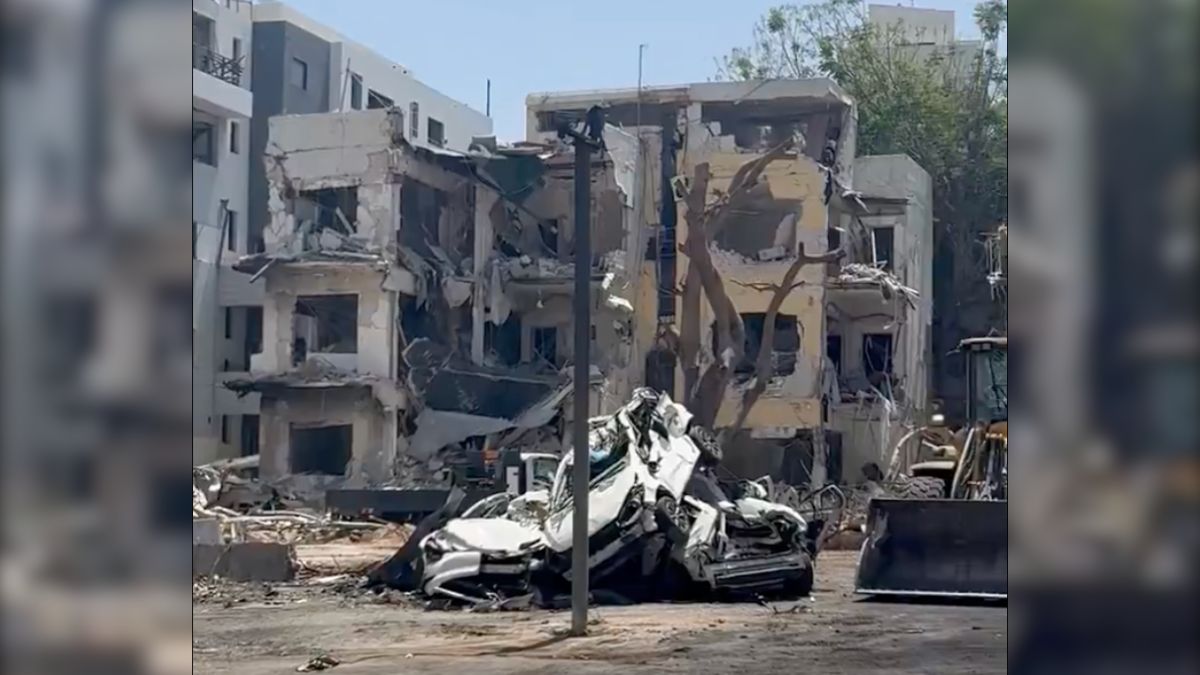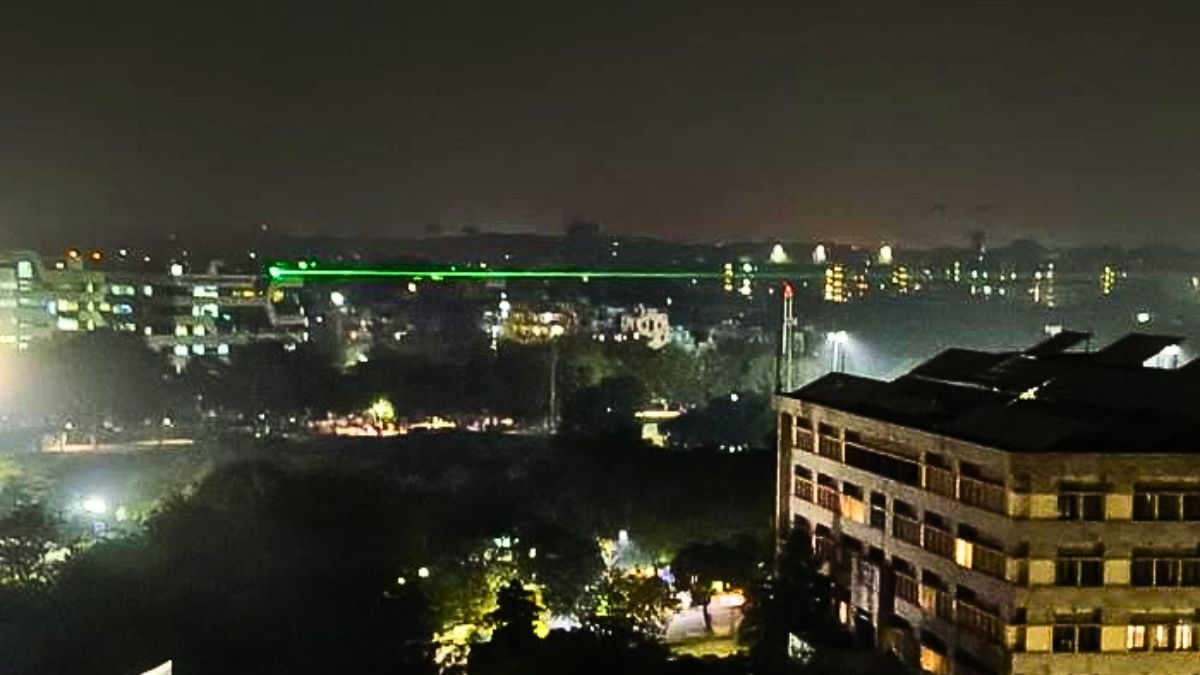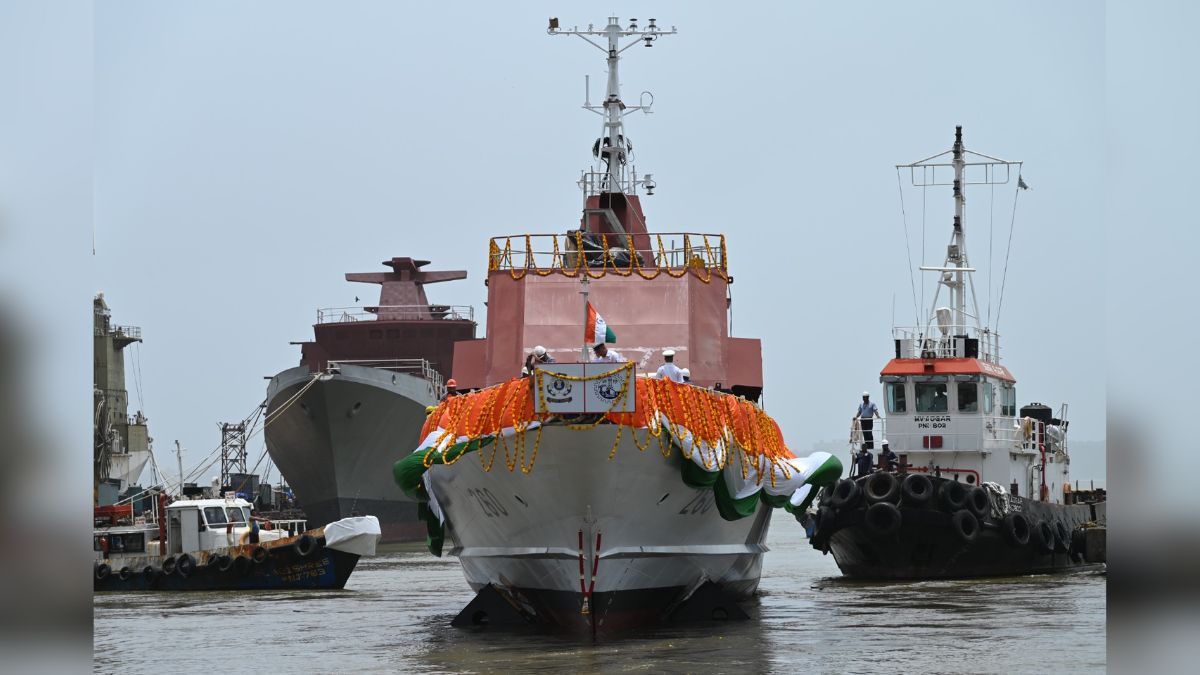Military Battles Guerilla Forces In Eastern Myanmar, Thousands Flee Clashes

Continuation of hostilities between the Myanmar military and rebel faction despite an announced truce has forced many to flee their homes. Image courtesy: United Nations
More than 1,500 villagers have been evacuated from eastern Myanmar’s Shan State amid heavy clashes between the military junta and anti-coup guerrillas, local organisers said on Saturday (June 14). The fighting erupted earlier this week near Saung Nang Khae village, as the conflict between the junta and ethnic armed groups intensifies across the country.
Evacuation convoys— ramshackle tractors and carts loaded with livestock, wheelchairs, and suitcases— were seen relocating families to BC Kone, about 60 kilometres (40 miles) southwest of the conflict zone. Myanmar has been in civil war since a 2021 military coup, displacing over 3.5 million people, according to the United Nations.
What triggered the fighting in Myanmar despite truce?
Both the military and some of its adversaries had announced a temporary truce earlier this month to assist recovery efforts from the March 2025 earthquake, which killed over 3,700 people.
However, reports from UN agencies, monitor groups, and journalists reveal that airstrikes, artillery shelling, and clashes never truly stopped. Data show that the frequency of air and artillery attacks by the military actually rose following the ceasefire declaration.
In northern Shan State, the Three Brotherhood Alliance, a coalition of EAOs including the TNLA, MNDAA, and Arakan Army, resumed the offensive on June 25 after accusing the junta of violating terms through repeated bombardment of their territories earlier in the month, according to a report by The Irrawaddy.
The truce failed because the military showed willingness to violate ceasefire terms (the army leveraged the ceasefire for optics while continuing air and artillery strikes), prompting armed groups to retaliate. Rebel factions also used the pause to regroup and press territorial demands.
How bad is the fighting? Where are civilians being taken?
The losses sustained by Myanmar’s military (the Tatmadaw) in the ongoing civil war appear to have made it more ruthless and repressive, especially in its treatment of civilians and resistance-held areas. The junta has struggled to maintain control after suffering territorial losses across the country, especially to ethnic armed groups and anti-coup People’s Defence Forces (PDFs).
Entire villages suspected of supporting the resistance have been burned, and civilians have been massacred. With ground forces weakened, the military has increasingly relied on indiscriminate air power, often targeting schools, hospitals, and refugee camps.
Khun Pyae Linn, spokesperson for the youth wing of the Kayan New Land Party, which controls the local enclave, confirmed the group was leading evacuation efforts. “We evacuated more than 600 people, but there were other organisations involved too. The total could be over 1,500,” he said.
Evacuees are being moved to temporary shelters in BC Kone, where aid groups and local militia-affiliated organisations are providing basic supplies and security. Fighting is ongoing in the Saung Nang Khae area, making it too dangerous for many villagers to remain.
How is the military adapting to battlefield losses?
After four years of conflict, the Myanmar military has implemented conscription to replenish its ranks. Analysts note that despite these setbacks, the junta remains militarily superior, benefiting from a robust supply of arms from China and Russia.
However, the rise in civilian displacement and the military’s reliance on conscription indicate that sustained resistance has strained the regime’s capacity, forcing it to commit more resources to contested regions like Shan State.







